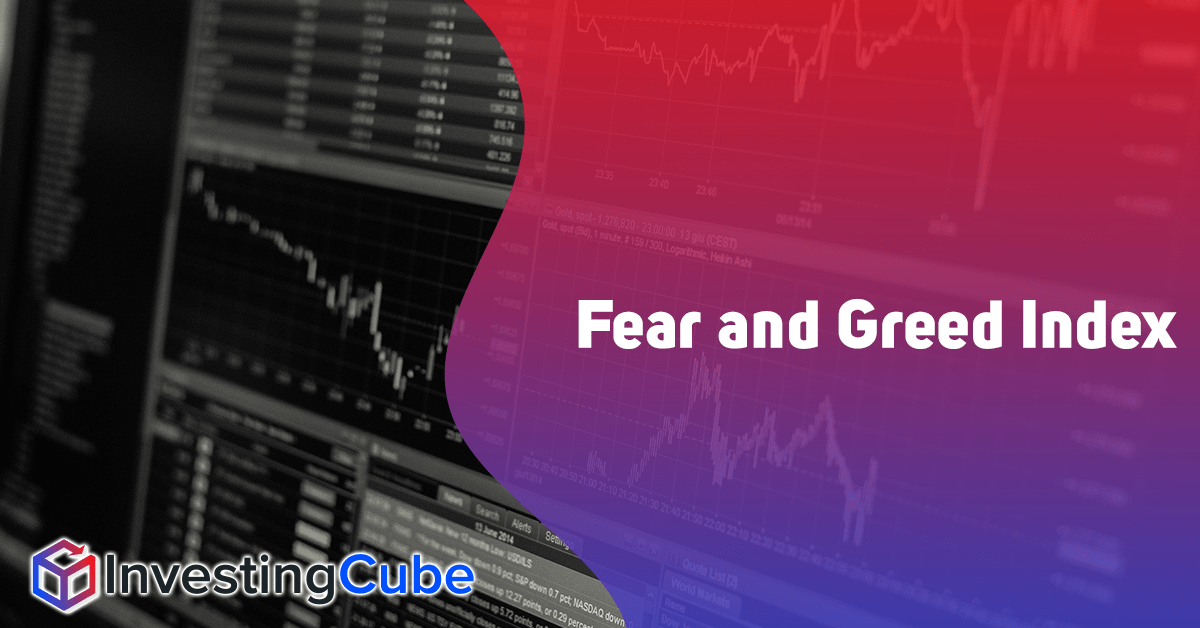- Summary:
- After yesterdays Yellen-Induced Tech Stock rout, does the Fear and Greed Index give us a clue as to where Indices are headed next?
After yesterdays Yellen-Induced Tech Stock rout, does the Does the Fear and Greed Index give us a clue as to where Indices are headed next?

The Fear and Greed index is a great way to gauge investor sentiment. The index comprises seven different indicators and is designed to give a broad overview of investor emotions.
Presently the Index has a neutral reading of 51.0, which doesn’t tell us much in isolation. However, we note that investor sentiment has declined from last month’s 58.0 (Greed) and last week’s 59.0 (Greed) reading. This tells us Investors are less optimistic today than a week ago.
One of the seven contributing inputs of the Index is stock price strength. This indicator currently signals ‘extreme greed’ as the number of US equities hitting 52-week highs exceeds the number making 12-month lows.
Stock market momentum, also a factor of the Index, points to investor complacency, with the S&P500 index 8.43 above its 125-Day average. Note that the indicator has cooled off a little and signaled ‘extreme greed’ before yesterday’s tech sell-off.
How To Trade Using the Fear and Greed Index
The Index itself is not traded but instead used by traders to assess the overall sentiment in the market. In times of exuberance, investors become over-confident, leading to periods of ‘extreme greed.’ A reading of extreme greed (an index reading >75) indicates markets are not correctly pricing in risk. This would indicate a sell signal, whereas a reading of extreme fear >25 would note a buy signal.
Periods of ‘extreme greed’ and low volatility can quickly reverse. The VIX or volatility index (also known as the fear index) highlights this. If we look at the daily chart, we can see that a period of low Vix price (greed) in late 2020 was followed by extreme fear in March 2021. The reverse is also true as investors become most fearful towards the lows.
The recent uptick in the Vix may be telling us that the Fear and Greed index could quickly swing into fear.
Should investors become fearful, this could result in deleveraging out of risk assets and into safe-havens. US Stock indices remain close to all-time highs, with investors left with few alternatives in the current low-interest-rate environment.
Should sentiment deteriorate further, we would look for the Fear and Greed index to indicate ‘fear’ or indeed ‘extreme fear,’ to spur buying of equities from contrarian investors.
As the old maxim goes:
“Be fearful when others are greedy, and greedy when others are fearful.”
Vix Daily Chart
Follow Elliott on Twitter



